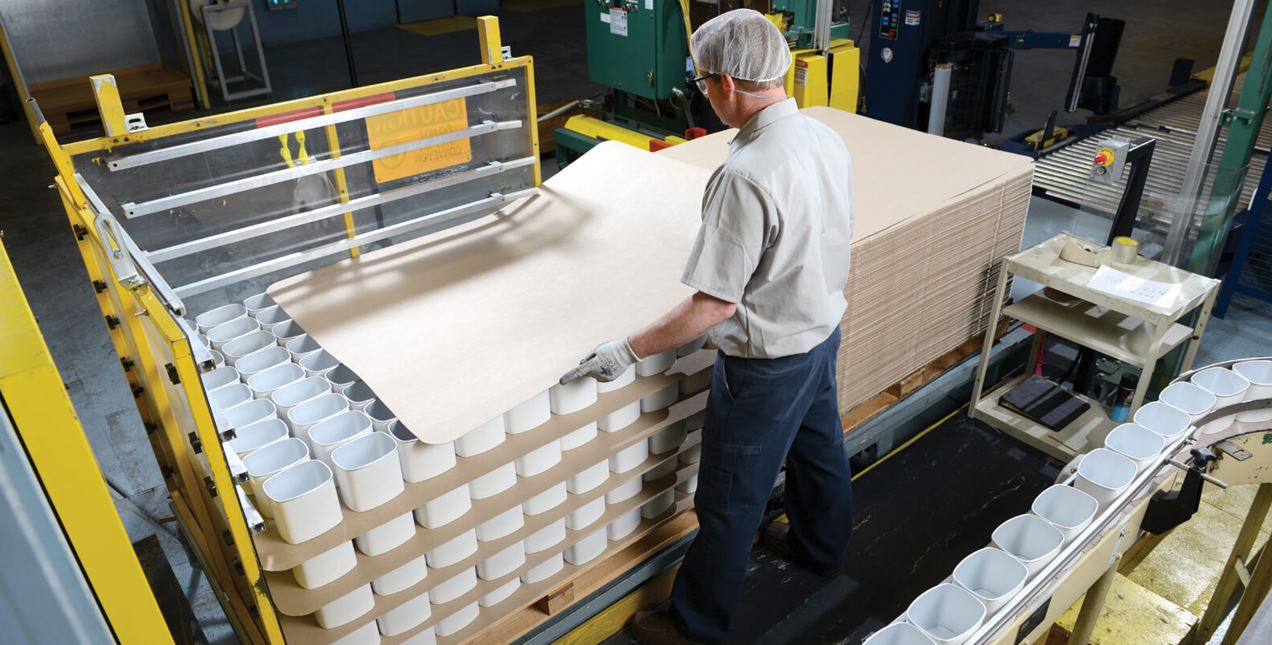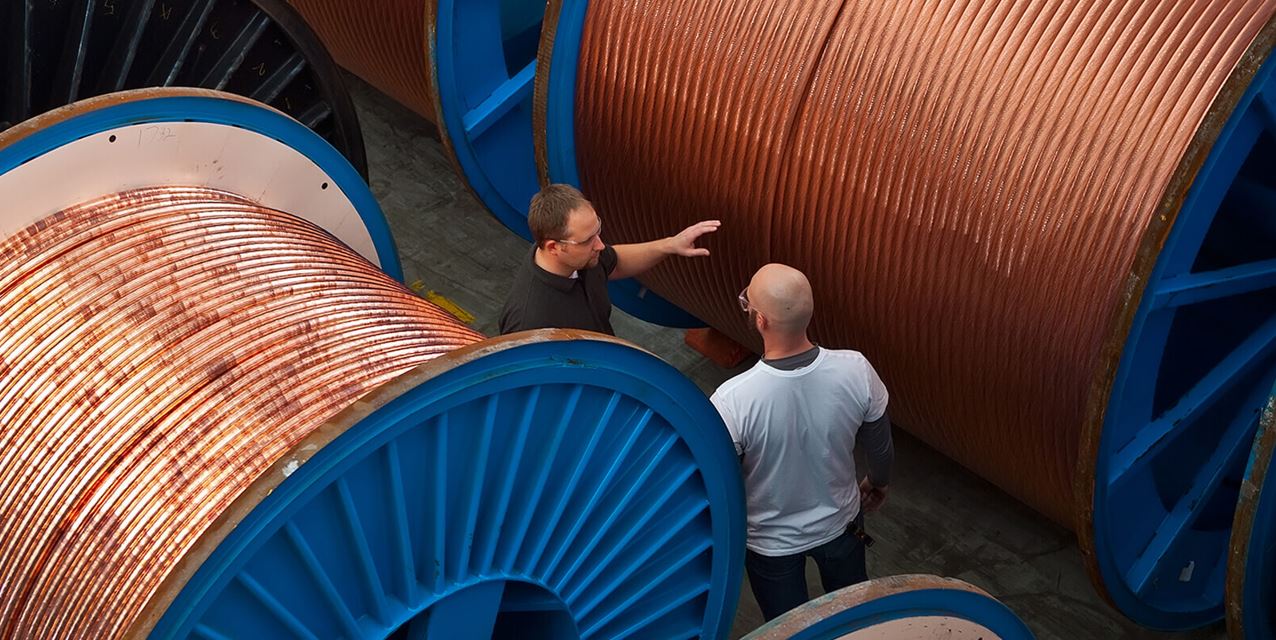
Sonoco FlatStack recycled paper board sheets, courtesy of Sonoco
Getting its legacy applications out of colocated data centers and into a single cloud was the first step that Sonoco took when the US$5 billion packaging company began moving its on-premises applications to the cloud. The second step was to diversify its workloads across multiple cloud platforms.
“We needed to take advantage of the different offerings each cloud has,” said Bryan Jones, Sonoco’s service delivery lead. “Running Oracle on Oracle is a no-brainer, and so is running Windows and .NET on Azure.”
While the company’s plan to diversify workloads across several different clouds was clear, finding the best way to integrate those workloads across different platforms was puzzling. “We didn’t want a situation where we’re running workloads on a superglued computer,” Jones said. That’s where the unique Oracle-Microsoft interconnect capability helped, offering a way to directly connect the two public clouds.
Sonoco shares how the company moved its Oracle Database to Oracle Exadata Cloud service, and a host of on-premises applications, including Oracle E-Business Suite to Oracle Cloud Infrastructure (OCI), during an episode of the Built and Deployed video series, which features conversations with software architects about how they’re using OCI.
Founded in 1899, Sonoco is a South Carolina-based international provider of diversified consumer and industrial packaging and the world’s largest producer of composite cans, tubes, and cores. During the past year, as throngs of consumers did more at-home eating and had their purchases delivered to their homes, Sonoco raced to keep pace with demand. Having the right IT architecture delivers a clear return in that kind of fast-changing business environment.
“Having a legacy environment makes it difficult to react and build things quickly,” Jones said. “But in the cloud, we can deploy a new workload in an instant. We can scale it, turn it on, shut it down, or resize it. We can buy what we need now and scale it as we grow. It’s so much more value for our money.”

Sonoco paper mill, courtesy of Sonoco
Purpose-built cloud environments
While Sonoco used to force each new project to fit within a constrained, on-premises environment, the company now creates purpose-built environments in the cloud, which help ensure that its apps are always built the right way.
“We tend to say ‘we can make this work’ for a solution,” Jones said. “But the right way to run an Oracle Database is in Exadata. The right way to access prebuilt components is through the Oracle Cloud Marketplace. And the right way to provision more compute is to instantly deploy a server, try it out, and in some instances, throw it away. OCI gives us an unlimited amount of resources to build whatever we want, the way we want it.”
Being able to integrate different applications, whether they run on OCI, AWS, or Azure, is another core tenet of Sonoco’s purpose-built environment. “Using the Oracle-Azure interconnect service prevents us from having to backhaul different interfaces to our environment,” Jones said. “Instead, we can connect directly from OCI to the Azure data center. This gives us a lot more flexibility and much lower latency.”

Sonoco plastic reels, courtesy of Sonoco
Applications, tools, and more
Along with Oracle Database workloads, Sonoco is now running a long list of Oracle applications and tools in OCI, including Oracle E-Business Suite, Oracle Advanced Supply Chain Planning, Oracle Transportation Management, Oracle GoldenGate, Oracle Active Data Guard, and Oracle Agile Product Lifecycle Management.
“Moving from an ‘If it isn’t broken, don’t fix it’ legacy environment to a secure and responsive cloud environment is paramount to our company’s future,” said Brett Barnhart, Sonoco’s enterprise application support manager. Vital to Sonoco’s cloud architecture is Oracle’s network backbone, disaster recovery options, and Oracle Data Guard, enabling Sonoco to transfer data swiftly and securely between Oracle’s dual United States cloud regions in Ashburn, VA and Phoenix.
“With our main workloads running in Oracle’s Ashburn cloud region and our disaster recovery running in Phoenix, we can quickly transition to a high-availability domain or a disaster recovery environment without any disruption to our business,” Barnhart said. “Moving to OCI is a huge part of our security strategy. The network is secure, and our patches and releases are all up to date.”
Having set up multiple virtual cloud networks and multiple private subnets, Sonoco can segregate its applications, and then provide secure access to each of them. Sonoco also uses multiple load balancers to access servers that are deployed in different tiers. This setup helps distribute traffic equally, so no server is ever overloaded.
“The beautiful thing about OCI is that we can really tailor it to our exact needs,” Barnhart said. From a hardware perspective, the biggest advantage of running Sonoco’s workloads in OCI comes down to Exadata. “We’re running our Oracle Databases on the fastest system that’s possible.”
Referrals
- Watch video about Sonoco’s multi-app system architecture with disaster recovery
- See Sonoco’s reference architecture, featuring legacy supply chain solution deployment on Oracle Cloud Infrastructure
- Move critical workloads fast with Oracle Cloud Lift Services
- Build, test, and deploy applications on Oracle Cloud—for free
